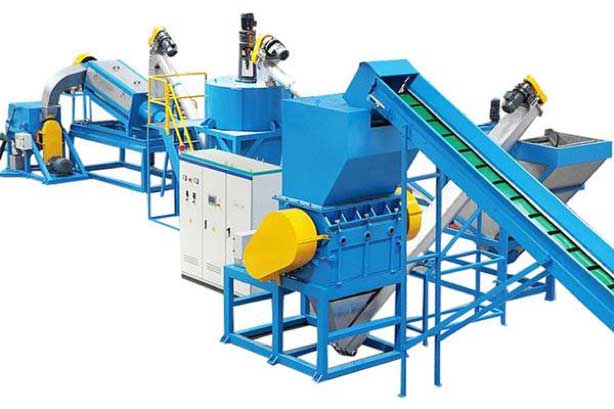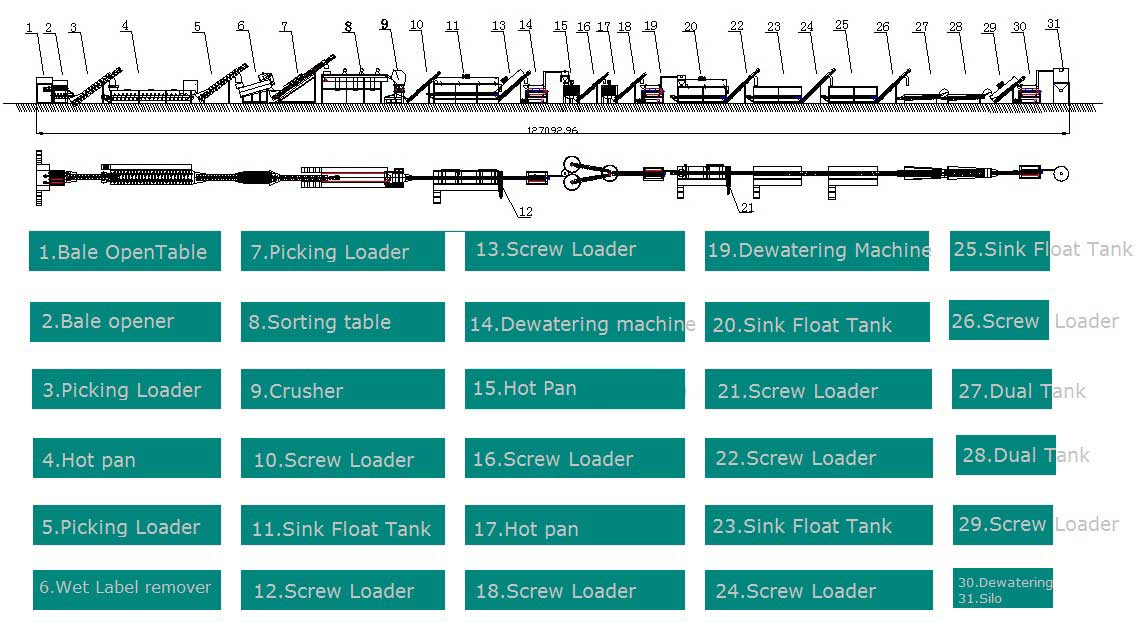Recycled PET is being increasingly used by thermoform manufacturers. In fact, as for Bottle-to-Bottle and for film applications, high quality PET flakes are also required for thermoforming.
Thanks to its long experience in plastic recycling and to the strong co-operation with the main PET thermoform producers worldwide,Silver Python can assure its customers an absolute quality of PET flakes obtained from its own washing systems. The ability of obtaining “food grade” PET flakes reduces the need to adopt a layer of virgin PET in the final product, significantly decreasing the consumption of precious resources. This represents an advantage from both the environmental and economic point of view.
In addition, PET flakes processed by Silver Python’s PET recycling process are suitable for all the currently used downstream extrusion technologies, from the highest and more sophisticated treatments to direct extrusion. No additional pre-drying and/or pre-extrusion and filtering treatments are required for flakes obtained from Silver Python’s reprocessing lines.
PET thermoform recycling presents several complexities. For example, PVC and other plastics are often present alongside PET, making the separation a crucial step in the recycling process. During separation, the presence of differently colored thermoforms must also be taken into account. Furthermore, the presence of metals and other contaminants, difficult to separate from PET, constitute an additional challenge in the design and operation of the recycling process. While some screening materials, particularly those intended to remove PVC, are simply based on sieving, the removal of all flakes having dimensions lower than a pre-determined value may cause the loss of PET, reducing the overall efficiency of the process. All these aspects must be taken into consideration during when producing the desired high-quality PET flakes.



